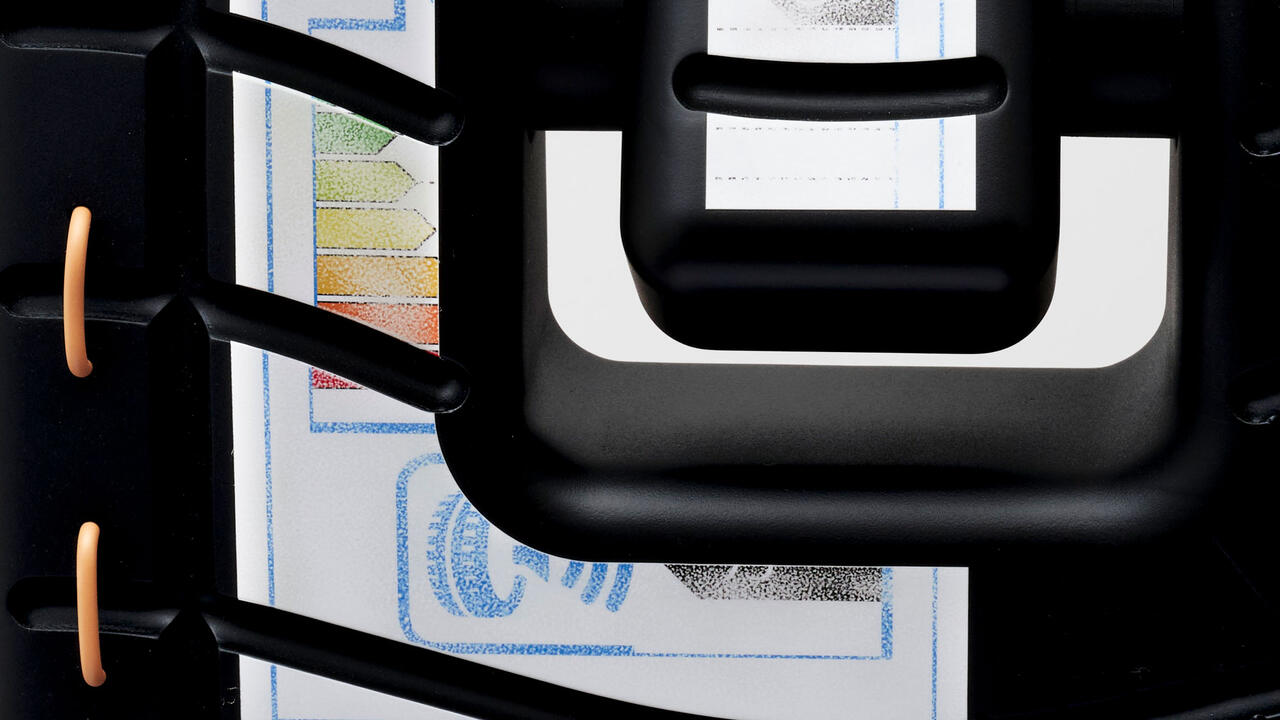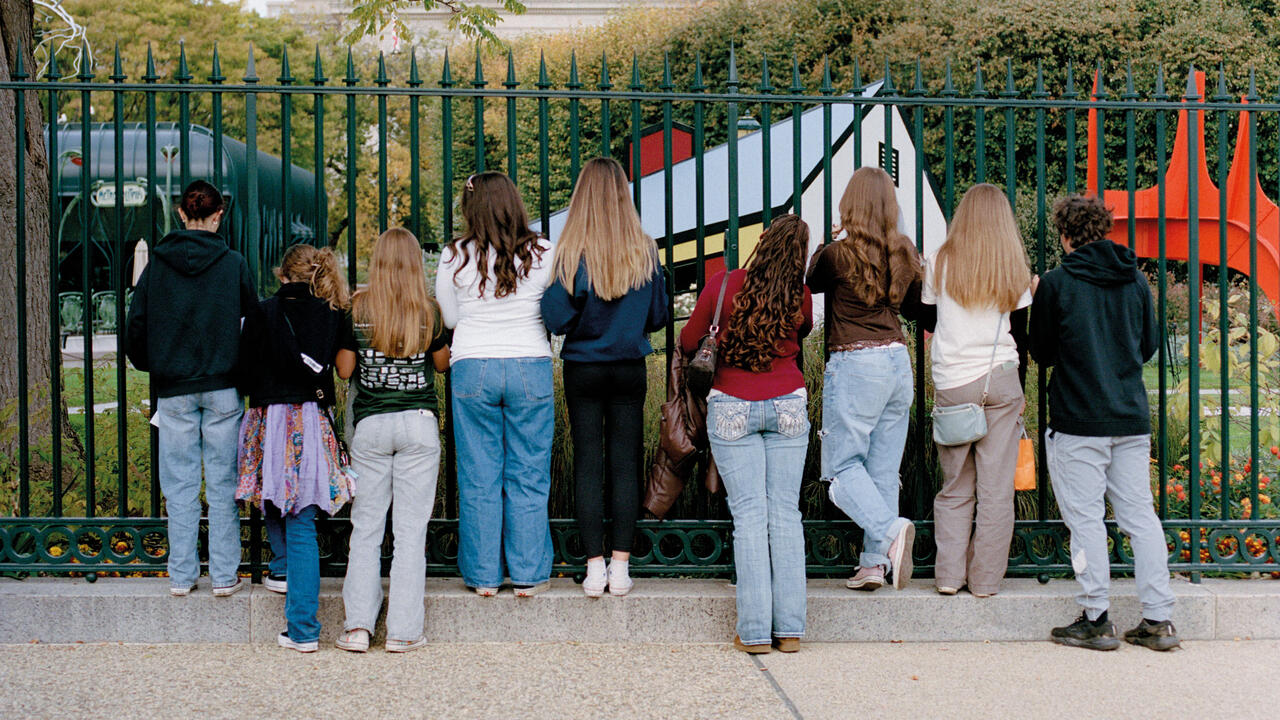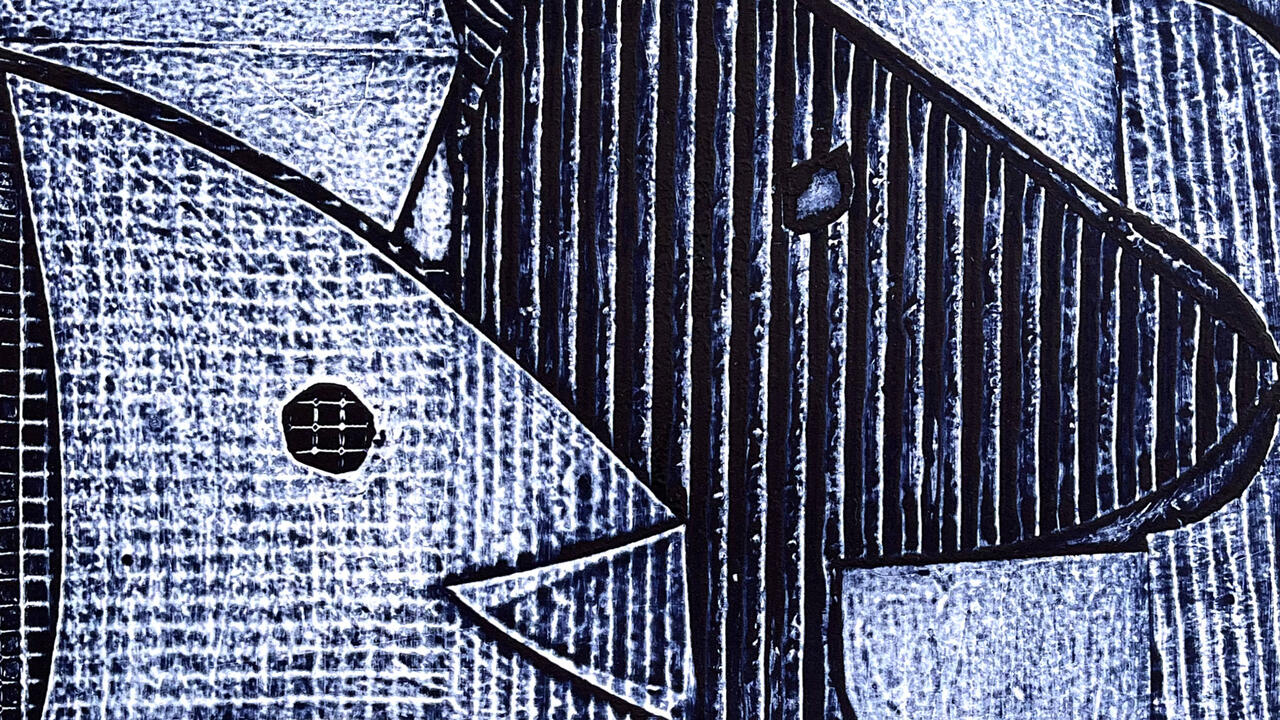The 2010s in Memes
From Grumpy Cat to Pizza Rat, what the images we shared said about the world around us
From Grumpy Cat to Pizza Rat, what the images we shared said about the world around us

There was Grumpy Cat and Pizza Rat, a dog – actually, Doge – and a frog (Dat Boi) that introduced a new grammar to the English language. Another frog, Pepe, was labelled a hate symbol after its appropriation by the alt-right, prompting its creator, the cartoonist Matt Furie, to reclaim him through a combination of copyright litigation and a crowdfunded zine of positive Pepe images. There was Left Shark and Baby Shark and, beyond the animal realm, a teenage heartthrob called Alex who worked for Target and may have been a marketing ploy by an advertising agency, like the single egg photo that appeared one day on Instagram and became the most-liked photo on the social network. Gene Wilder’s Willy Wonka leant over, saying one of a thousand variations on ‘tell me more’; Michael Jordan cried over sporting events he wasn’t part of, but also workplace grievances and Tinder struggles; and former president Barack Obama was blamed for similar things as Thanks Obama shifted from politics to everyday disappointments. Inigo Montoya from The Princess Bride (1987) claimed, repeatedly, ‘I do not think it means what you think it means.’
To recognize any, most or all of the above is to have been online in the past decade. The term ‘meme’ – originally coined by Richard Dawkins in his 1976 book The Selfish Gene to describe elements of culture that are distributed by copying or imitation – has come to denote shared experiences online. These images, gifs, videos and turns of phrase are disseminated because they are rich in possibilities of meaning, identification or recognition.

I often see stock images from the same photo shoot that produced the meme Distracted Boyfriend, in which a guy walking with his girlfriend turns to look at another girl as she passes by. The same actors, wearing the same clothes, perform scenarios of romance and friendship, but the other photographs do not carry as much narrative potential as the Distracted Boyfriend, who – among myriad versions – has been labelled ‘The Youth’ where his girlfriend is ‘Capitalism’ and the other girl ‘Socialism’, or ‘Me’ where his girlfriend is ‘Work’ and the other girl any conceivable distraction (including ‘This˙Meme’).
Memes lay bare the potential of images in a world where three-quarters of internet users are non-native English speakers. As they circulate, language is either tacked onto the image according to a specific location and cultural moment or the image itself shifts in meaning as its context changes, without the need for words. Thus, the ironic Thanks Obama meme, in which the former US president was held accountable for any number of problems, left the US context and became a sign of global malaise. Thus, also, the children’s character Peppa Pig became a symbol of angst in China. Having started ironically in 2018, with teenagers trying to make temporary Peppa Pig tattoos look gangsta, the trend spread, turning the innocuous cartoon into a symbol of rebellion, which the country’s Communist Party deemed destabilizing and promptly censored. The same fate befell the equally harmless Winnie the Pooh, whose image was banned for its use as a stand-in for Chinese President Xi Jinping. (Russia supresses memes of President Vladimir Putin under a law that prohibits depictions of public figures in a way that is not related to their ‘personalities’.)

From assertions of state control (the policeman who pepper-sprayed Occupy movement protestors at UC Davis in 2011) through gender relations (the raised fists of #MeToo and Ryan Gosling telling us, ‘Hey girl, since you make 77 cents to my dollar, dinner’s on me’) to the recent OK Boomer memes that reflect a generational shift in priorities, the past decade’s political currents have all been reflected in memes. In 2014, illustrator K.C. Green created a six-panel image of a dog calmly sitting in a burning room drinking a cup of coffee for his webcomic series Gunshow. The first two panels appeared on Reddit a few months later. Users shared the meme as an image that encapsulated everything worrying and terrifying about contemporary life. The meme spiked in July 2016, when the official Twitter account of the US Republican Party used it to comment on the Democratic National Convention’s nomination of Hillary Clinton as the party’s presidential candidate. According to Google Trends, the meme gained even greater popularity in November of that year, following Donald Trump’s election. The text bubble by the dog’s head, as he reaches for the mug amid the flames, reads: ‘This is fine.’
Memes are a form of communication that helps us recognize what we share – which, in the past decade, has often been about grappling with different forms of power. They give a legible visual language to generalized social anxieties. OK Boomer explains a generational divide that was felt, but not acknowledged; Thanks Obama reflects a common helplessness. The easy irony of ‘this is fine’ reminds us, immediately, that the world is anything but.
This article first appeared in frieze issue 208 with the headline ‘Cats and Doges’.























